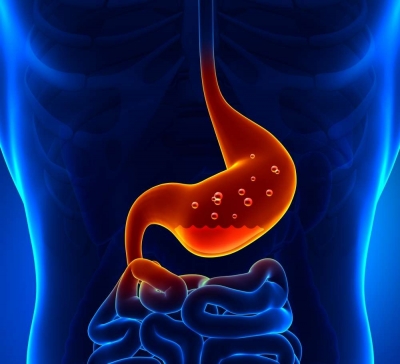Hiatus Hernia

The esophagus is 38-40 cm on average and the last 3-4 cm of it is in the abdominal cavity. The diaphragm is a thin but strong structure consisting of muscle, located between the chest cavity and the abdominal cavity. Esophagus enters the abdomen through an opening in the diaphragm and merges with the stomach.
As the esophagus is short or the gap in the diaphragm expands, the stomach, which should be inside the abdomen, shifts upward towards the chest cavity.This is called a hiatus hernia. There are 3 types of hiatal hernias:
Sliding type: The starting region of the stomach, called the cardia, shifts towards the chest cavity.
Rolling (paraesophageal) type: cardia is in place, the fundus of the stomach is displaced towards the chest cavity. In these types of hernias, there is an indication for surgery due to the risk of strangulation of the stomach.
Mix type: Both cardia and fundus are displaced. Surgical repair is required.
Depending on the shape and grade of the hernia, the severity of the complaints varies.







